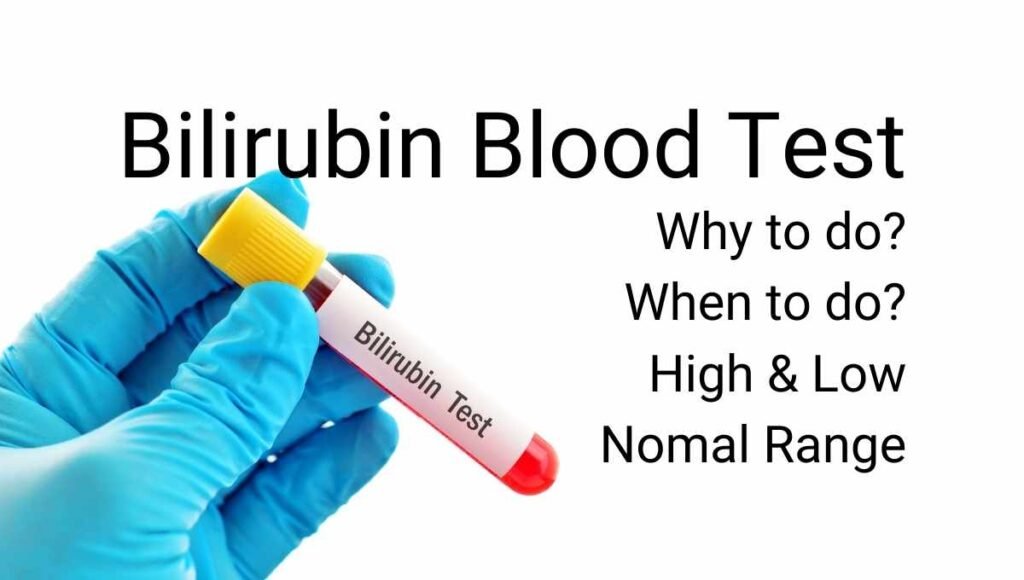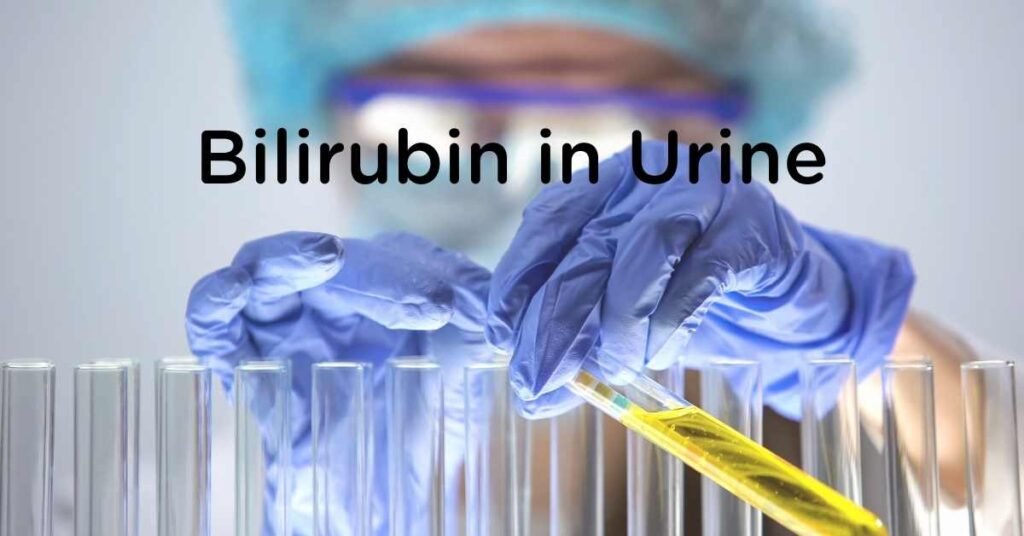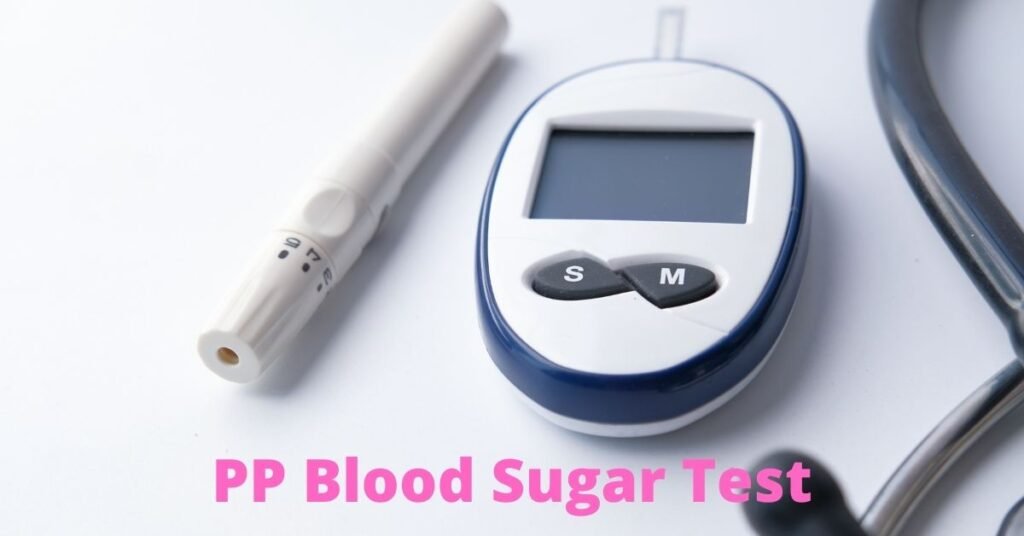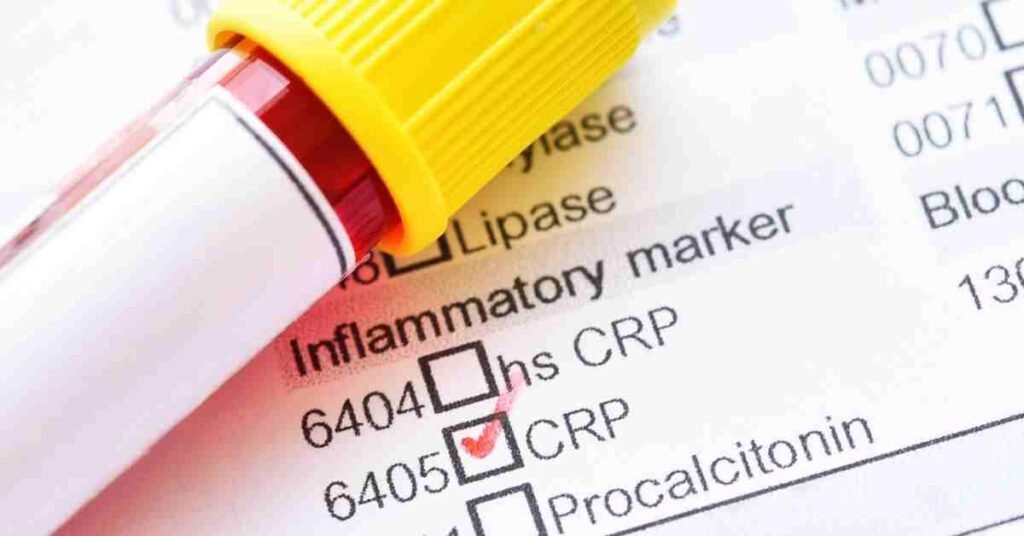What Is Hemoglobin Electrophoresis Test?
Hemoglobin is a protein present inside the RBC. It is responsible for carrying oxygen to different parts of our body. Hemoglobin is of different types. Hemoglobin electrophoresis detects that different types of hemoglobin present in our body with their respective percentages. So through hemoglobin electrophoresis test, types of hemoglobin with their percentages is measured.
Hemoglobin electrophoresis is also known as ” hemoglobin evaluation” and ”sickle cell screen”.
Hemoglobin Types
There are different types of hemoglobin. These are the following
- Hemoglobin F: Also known as fetal hemoglobin. This type of hemoglobin is found in fetuses and in the newborn.
- Hemoglobin A: Also known as adult hemoglobin. This type of hemoglobin is most common. It is found in healthy children and adults.
- Hemoglobin C, D, E, M, S: All these types of hemoglobin are abnormal. Abnormal hemoglobin is caused by the genetic mutations.
Hemoglobin C and hemoglobin S are most commonly found abnormal hemoglobin in the electrophoresis test.
Hemoglobin Electrophoresis Test Purpose
The purpose of hemoglobin electrophoresis are the following
- To detect various blood disorders
- To detect oxygen carrying capacity of blood
- Other blood tests show abnormal result, so to correlate various medical conditions.
- If one has sickle cell disease and had a transfusion. In this case, through this hemoglobin electrophoresis test, it is known whether enough normal hemoglobin is present from the blood transfusion or not.
- To know the overall health condition
- To screen for genetic disorders that can cause abnormal hemoglobin production
Hemoglobin Electrophoresis Test Importance
The importance of hemoglobin electrophoresis test are the following
- To diagnose various medical conditions, especially blood disorders
- To detect abnormal hemoglobins and their percentage
- To differentiate various medical conditions
- To know the severity of blood disorder
- To determine the appropriate treatment for the medical condition
- To know that how well the patient is responding to the ongoing treatment
- To know if any change of treatment is needed based on the hemoglobin electrophoresis test results
- To know if one needs to take bleeding precautions
When abnormal hemoglobins are present in our body, it can not perform the functions of normal hemoglobin. So, oxygen carrying capacity of blood decreases. As a result, different tissues and organs of our body get less oxygen. The life span of these abnormal hemoglobin is less than normal. So, can cause hemolytic anemia.
Abnormal hemoglobin can be found in the following conditions
- Sickle Cell Disease
- Thalassemia
- Hemoglobin C disease
To screen for genetic disorder is a highly important indication of hemoglobin electrophoresis test. When there is a family history of various blood disorders such as thalassemia, sickle cell anemia, etc., then it is vital to go for hemoglobin electrophoresis test before having the children.
Newborns are routinely screened for genetic hemoglobin disorders. Also, if there are symptoms of anemia that is not due to iron deficiency, then this test is needed.
Abnormal Hemoglobin Symptoms
If abnormal hemoglobin is present in the blood, the symptoms one can have depends upon the severity of the condition. If the percentage of abnormal hemoglobin is less, symptoms will be mild and vice versa. The common symptoms are the following
- Anemia
- Fatigue
- Fever
- Inflammation
- Bleeding
- Headache
- Jaundice
- Chest Pain, etc
As all of these symptoms are present in various medical conditions, so it is highly important to go for the blood test. Without blood test, one can not confirm the presence of abnormal hemoglobin in the blood.
Hemoglobin Electrophoresis Test Procedure
Hemoglobin electrophoresis is a simple blood test. Just like hemoglobin test, prothrombin time test, platelet count test, etc., hemoglobin electrophoresis test needs sample of blood. For this, blood is drawn from vein (preferably vein of arm). Based on this sample of blood, test result is prepared.
This test needs no special precautions such as there is no restrictions of food or drink. But if you are taking any medicines, supplements, herbal products, etc., then always consult with your doctor before going for the test. Some of these agents ( medicine, herbal product, etc.) can alter the test results. Do not discontinue any medicine without consulting with your doctor. Follow your doctor’s instructions.
It is also important to note that, if you have gone for a blood transfusion within 12 weeks, it may give false test results. Tell your doctor if you got a blood transfusion.
At the laboratory, the technician will put the blood sample on a special paper and then zap it with electricity. The hemoglobins move around and form lines on the paper. These lines will show how much of each hemoglobin type is present in the blood.
Hemoglobin Electrophoresis Test Result
The normal range of hemoglobin F in infant are
In the newborn: Hemoglobin F is 60% to 80 %
In 1+ year: Hemoglobin F is 1% to 2%
In the adult, the normal levels of different types of hemoglobin are the following
Hemoglobin A : 95% to 98%
Hemoglobin A2: 2% to 3%
Hemoglobin F: 1% to 2%
Hemoglobin S: 0%
Hemoglobin C: 0%
If it is found that abnormal hemoglobin is present, you will need a follow up test. Based on the severity of the medical condition, the treatment varies.
Hemoglobin Electrophoresis Test Drawback
- The hemoglobin electrophoresis test does not tell the amount of hemoglobin present in the blood, it only gives the percentage of different types of hemoglobin.
- Additional blood tests such as RBC test, WBC test, Reticulocyte count test, ESR test, etc. are needed.





